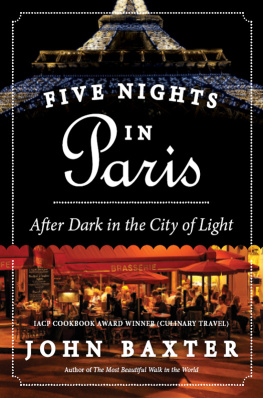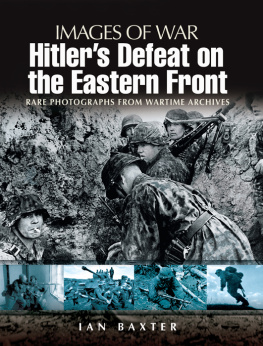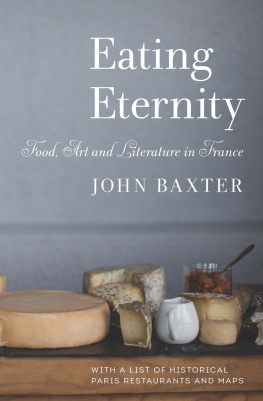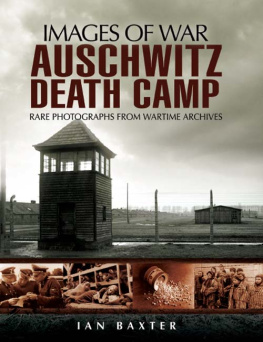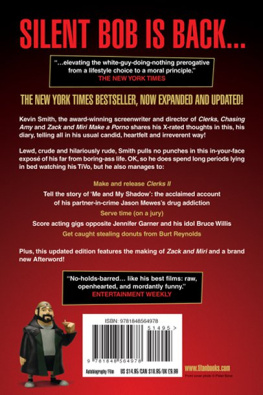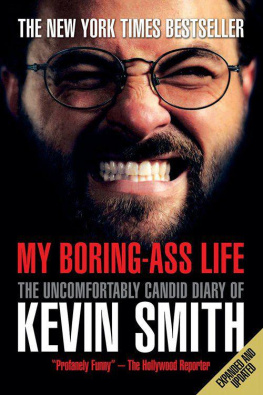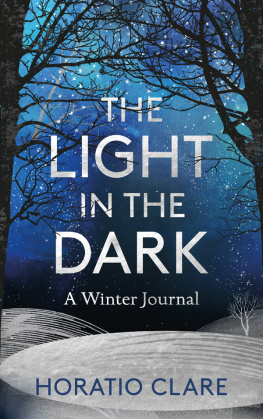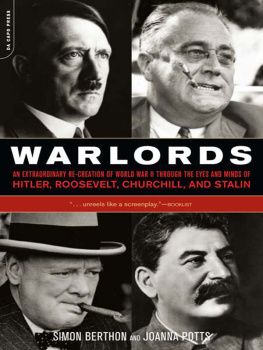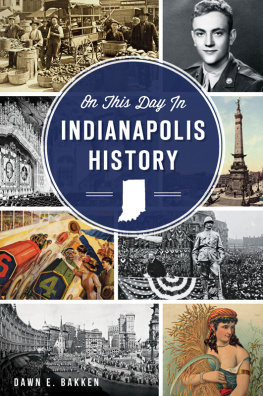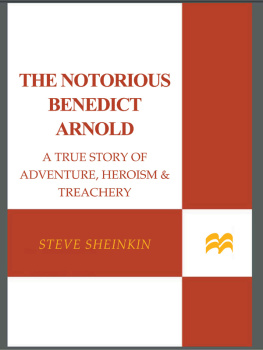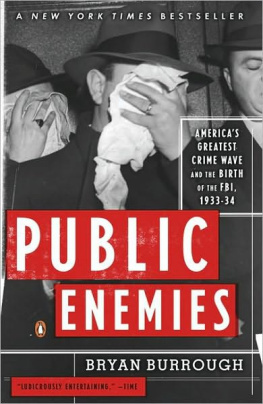

INTRODUCTION
Where in the world is the best place to be today, tomorrow or for your next birthday?
My, I felt smug. The sky was too blue to be true, a spread of cobalt I thought only existed in Technicolor or Photoshop. The historic trail largely empty, it being before the peak hiking months was fringed by a golden fuzz of gorse, while surrounding meadows nodded with purples, pinks and fresh greens. Birds were in good voice, singing and zinging from the leafy treetops on a quest to secure a mate. And the days were endless! The sunshine hours stretched beyond 10pm, encouraging late nights on warm-enough outdoor terraces, savouring tapas dishes of (in-season) padrn peppers and a vino tinto or two. Yes, it seemed walking a smidgen of Spains Camino de Santiago pilgrimage trail in late May (26 May, to be precise), when it was all wildflowers and long days and holiday-horde free, was the embodiment of right time, right place.
This, of course, is where all travellers want to be, no matter what their cultural or geographical preferences: right time, right place. We all want that sweet serendipity of being there when the Northern Lights are most likely to dance (but, ideally, its not too chilly); when the sleepy scruff-bucket town transforms for its once-a-year fabulous fiesta; when a mass mob of whales gathers at the nearby reef; when the climate is just perfect for whatever our chosen adventure. And thats why this book exists to help you focus your travels, zooming in on precise dates or periods to ensure some of the very best experiences, be they wildlife migrations, active escapades, raucous festivals or cultural showstoppers.
Perhaps you want to know when to pack your picnic for the prettiest Japanese cherry blossom party (26 March, in case youre wondering). Or when best to raft the Colorado River through the Grand Canyon (try 16 September, the day after motorboats are prohibited for the year). Maybe you want to spend your Christmas break with baby warthogs rather than baby Jesus (try Kenya, 27 December), ride a bobsled in summer rather than winter (Austria, 2 July) or be sure not to miss a biggie, such as Glastonbury (England, 28 June) or messy Tomatina (Spain, 26 August).
Or maybe you want to be there (with a good waterproof coat) when the rain is gushing in biblical torrents, thus ensuring waterfalls are at their most spectacular and most other people have stayed away (think Iguau Falls, 9 December). Perhaps right is being there in shoulder season say, tramping New Zealands Milford Track on 10 March to best balance still-decent weather with fewer crowds.
When you drill down into the calendar year, you can find the worlds seasonal secrets, like Vanuatus land-divers marking the start of the yam season or the brief window of opportunity to trek while listening to the sound of mating pandas. Organising the planet this way helps you pick a destination for that June honeymoon or your October annual leave. You can even use it to inspire your whereabouts on your next birthday.
Theres an idea here for every day of the year. Some suggestions are date specific a religious holiday, a festival, an annual seasonal opening. Some give an indication of the best week, month or timeframe when perhaps its driest, coolest, quietest or most full of wildebeest. For the date-specific events, weve pinned them to their 2015 occurrences where possible, with dates given for the following years where known.
Of course, there are myriad options. On any given day, there are many best places to be, many destinations ripe for adventures. But here are 365 goodies to get you started. Now, stop reading this you shouldnt be HERE. Why not flick forward to today and start planning tomorrow?

WHERE IN THE WORLD DO YOU WANT TO BE?

January
JAN
Join Junkanoo
THE BAHAMAS
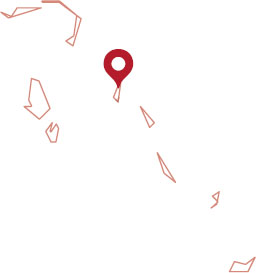
WHY NOW To join in the national fiesta
WHERE Nassau
DATES 1 January (and 26 December)
More funk than junk, the Bahamas national festival is a mass of energy and colour that roars through two nights of the year. Celebrated across the country, Junkanoo is at its wildest best in the capital, Nassau, where the first rush (as the parade is known) takes place on Boxing Day, the second on New Years Day. The latter parade attracts the largest crowds, with up to 50,000 people lining the streets.
The parades begin at 2am and finish at 8am. Standing on Bay or Shirley Sts youll feel the music before you see its source a frenzied barrage of whistles, horns, cowbells, drums and conch shells. Then the costumed revellers stream into view, whirling and gyrating in rhythm with the cacophony.
Most elaborate is the human parade. Marchers spend all year planning their costumes, keeping their designs secret it is fiercely competitive. www.bahamas.co.uk.

SHANE PINDER ALAMY
JAN
Cheer at Kaapse Klopse
SOUTH AFRICA
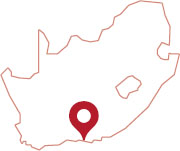
WHY NOW To partake in the party of the year in the shadow of Table Mountain
WHERE Cape Town
DATES Starts 2 January, lasts for a month
Kaapse Klopse (the Cape Minstrel Carnival), Cape Towns largest carnival, is a joyous affair featuring marching troupes adorned in every colour of satin, sequin and glitter. The festival dates back to the 19th century, when slaves in the city were allowed their only day off for the year on 2 January. However, the look of todays carnival was actually inspired by visiting American minstrels in the late 19th century, hence the make-up and ribald dances.
The main parade begins at midday on Darling St, in front of Old City Hall, finishing at Green Point Stadium. It attracts tens of thousands of spectators, so be sure to stake a place early.
The actual Cape Minstrel competition, when troupes are judged on a variety of criteria, including costume, singing and dancing, runs each Saturday night throughout January and early February. If you miss the main parade, there are chances to catch the minstrels in action on these nights at Green Point Stadium, Athlone Stadium and Vygerkraal Stadium it makes for a unique Capetonian experience. www.capetown-minstrels.co.za

You wont miss the marching troupes at Kaapse Klopse



